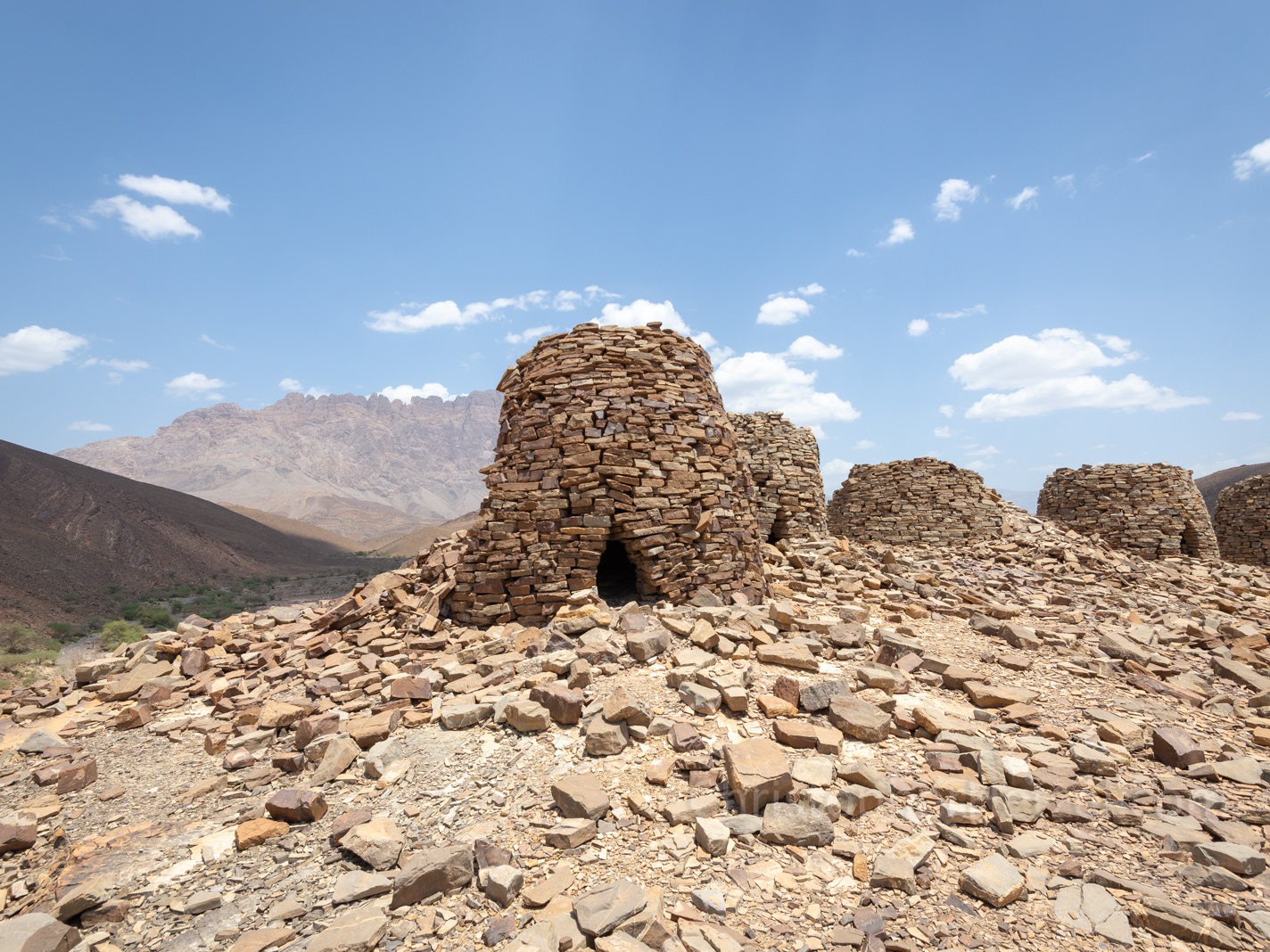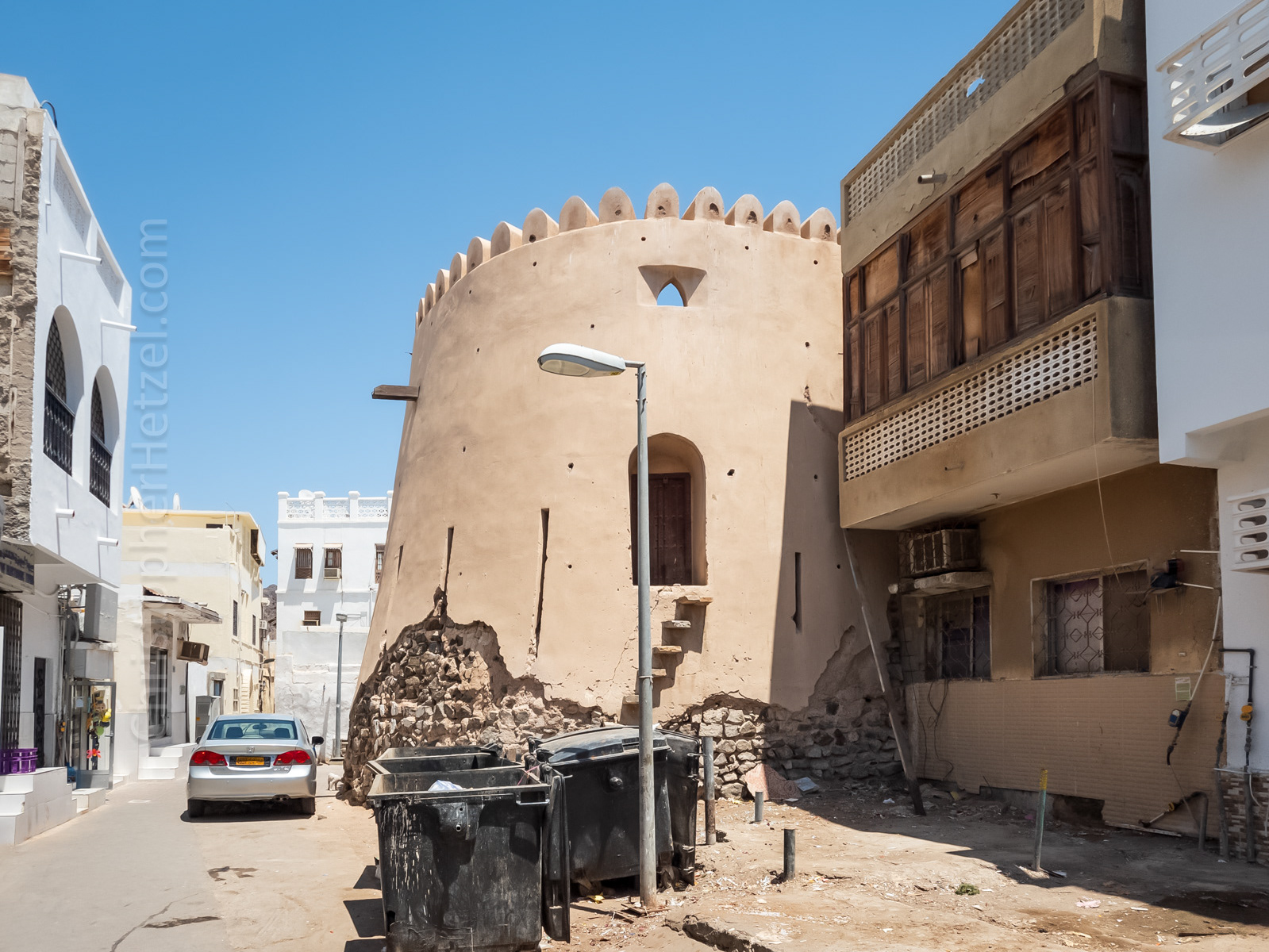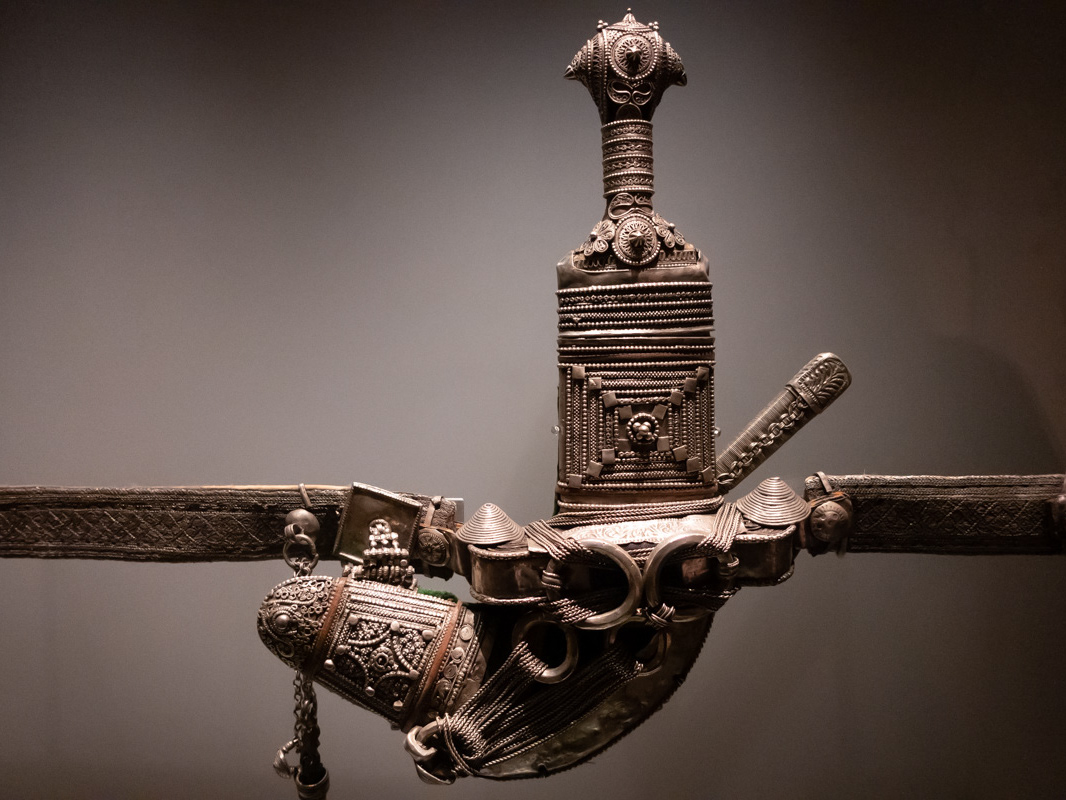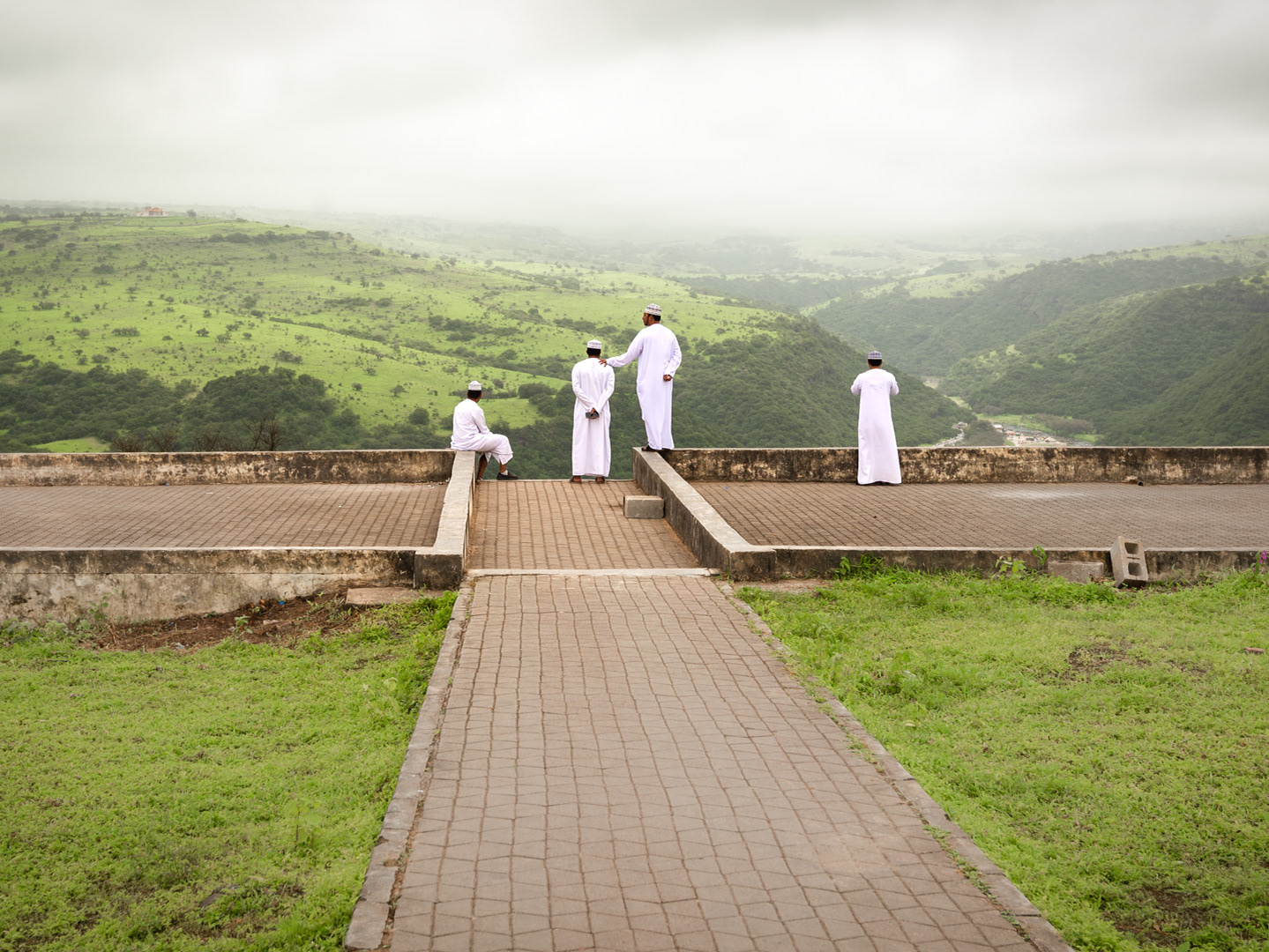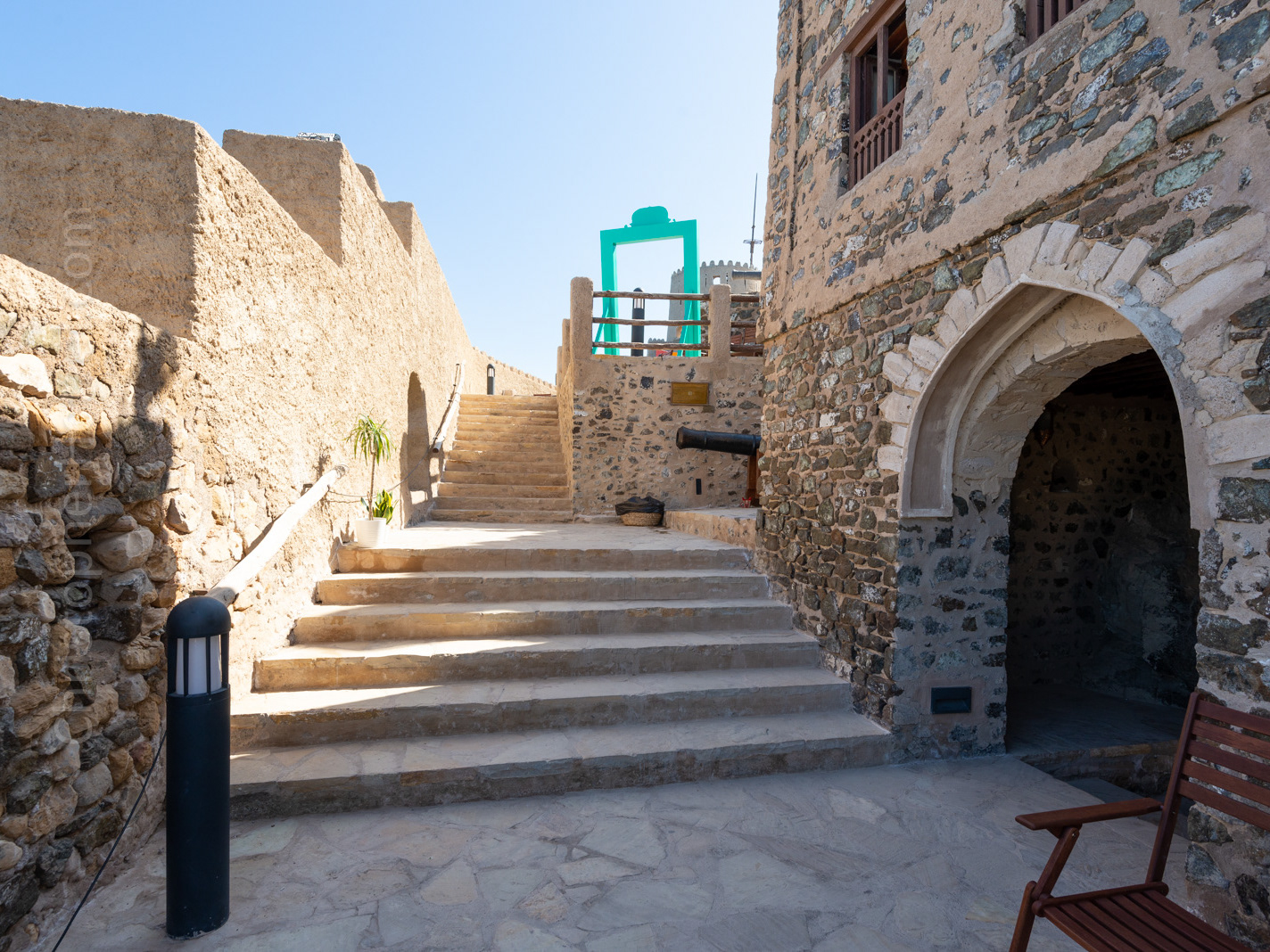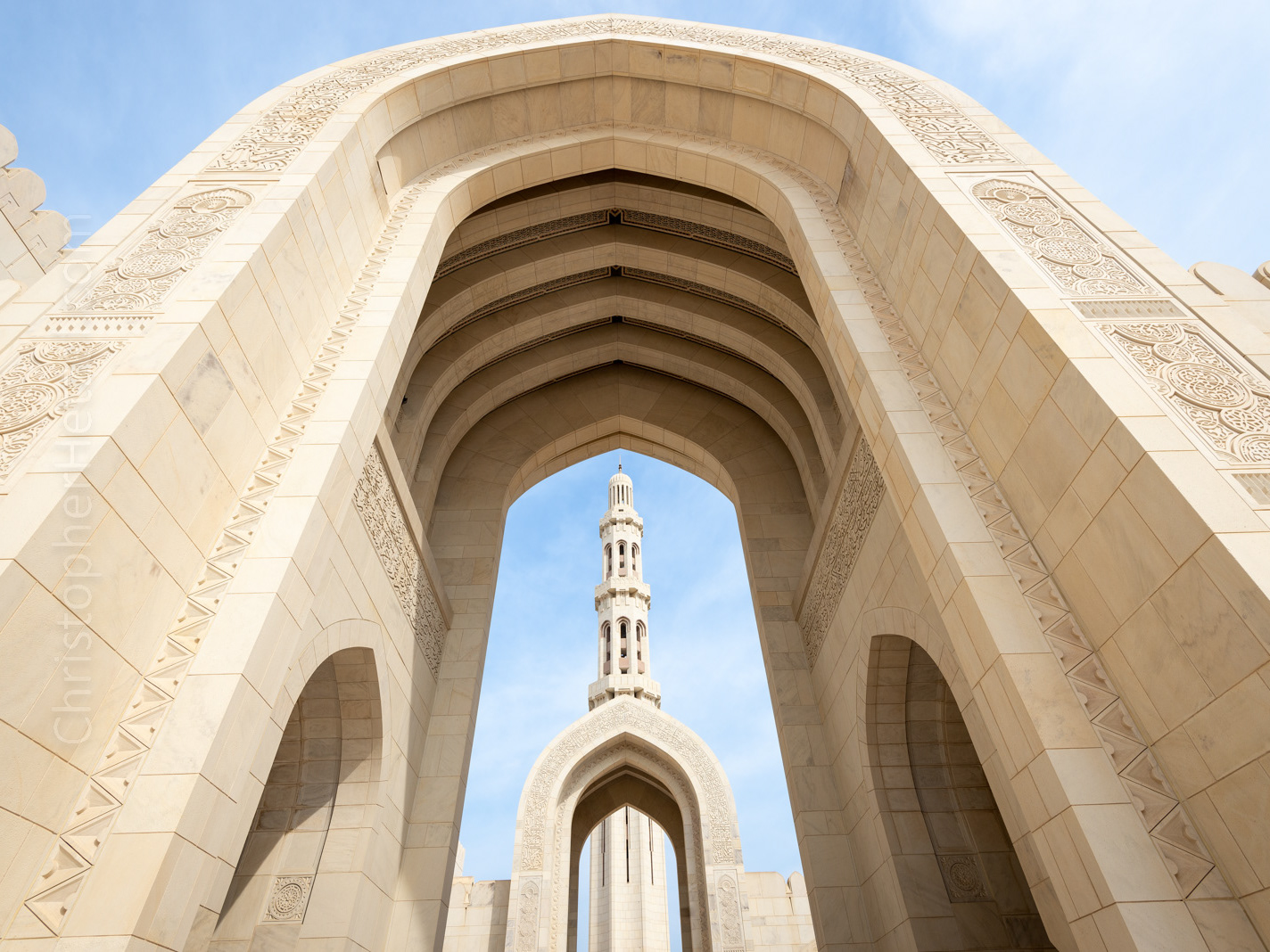The city of Nizwa is one of the oldest communities in Oman, dating to the 6th and 7th centuries AD. It was once the capital of the country and an important a center of trade, religion, education and art, set at a crossroads of several interior trade routes. Its Jama (grand mosque) was also formerly a major center for Islamic learning.
The Nizwa Goat Market (سوق نزوى للمواشي), or animal market, is a traditional livestock market that occurs in the center of the town every Friday morning. This event has been a local tradition for centuries. Essentially an extension of the famous Souq Nizwa (سوق نزوى), nowadays the animal market is kept exclusively for use by Omani locals to sell and barter for goats, sheep, and cows (and camels!).
Farmers and shepherds from the surrounding towns and mountain villages bring their livestock to this market every Friday to be sold in an open bid auction. The market is basically a small circular pavilion with benches arranged in an inner circle, and space for bidders and spectators around the outside.
Sellers bring their livestock to the market very early in the morning, usually before 6:00 am, to allow potential buyers to view and inspect their animals before the bidding starts at 7:00 am. During the Bidding, or Al Munadah (المناداه) in Arabic, sellers parade their livestock - goats, then sheep, then cows - around the pavilion in circles, while potential buyers shout out their bids. If the seller hears a price he likes, they go to the person who bid and complete the transaction. This process continues until about 10:00 am, after nearly all the animals have been sold, and participants and spectators gradually disperse.
Abouy a 2-hour drive from Muscat, the Nizwa Goat Market has become a very popular attraction for visitors and tourists to Oman over the past few years. And it is not uncommon to see lots of tourists mixed in with a diverse crowd of local herdsmen, farmers, and townsfolk in traditional Omani dress.
https://en.wikipedia.org/wiki/Nizwa
https://en.wikipedia.org/wiki/Nizwa

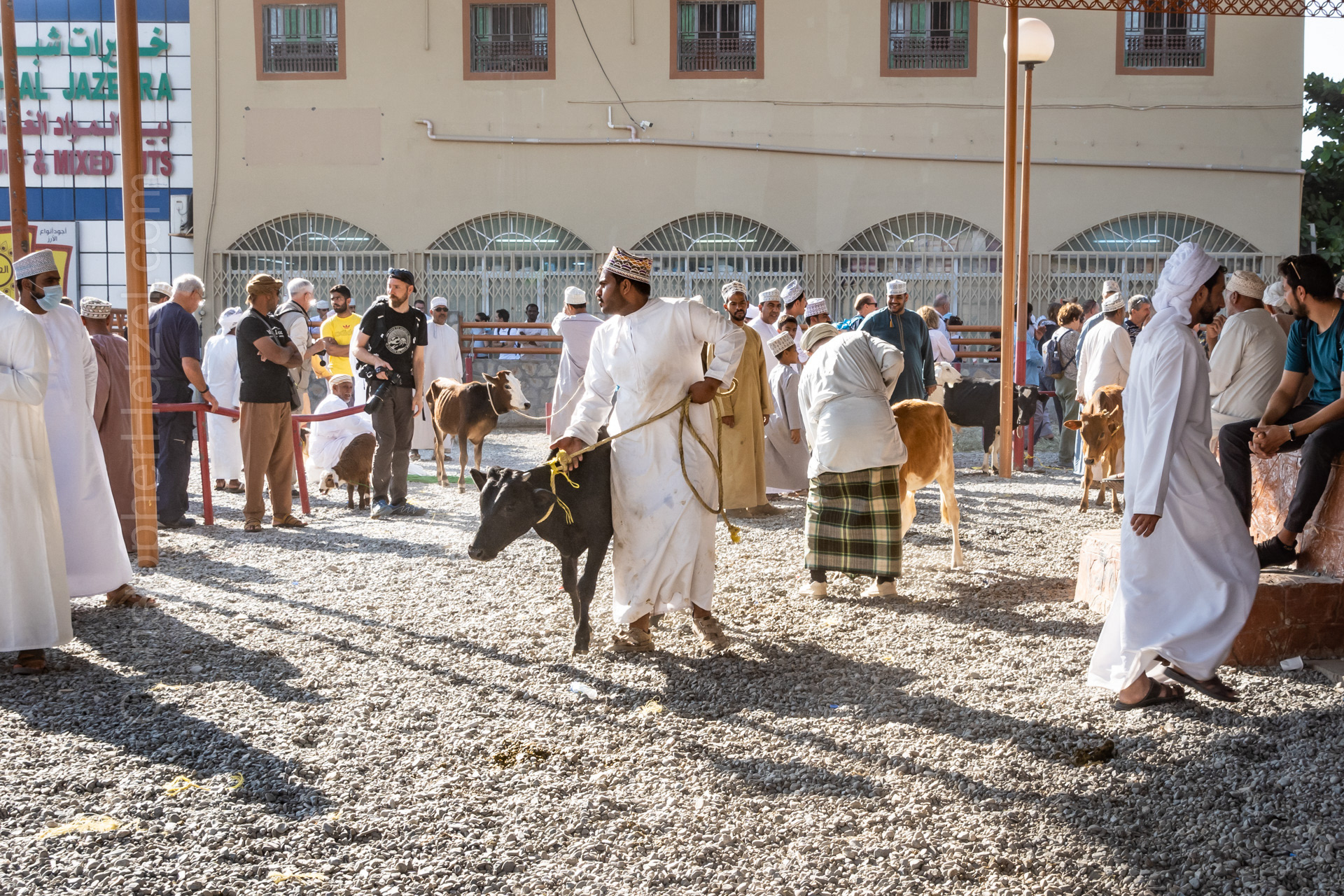
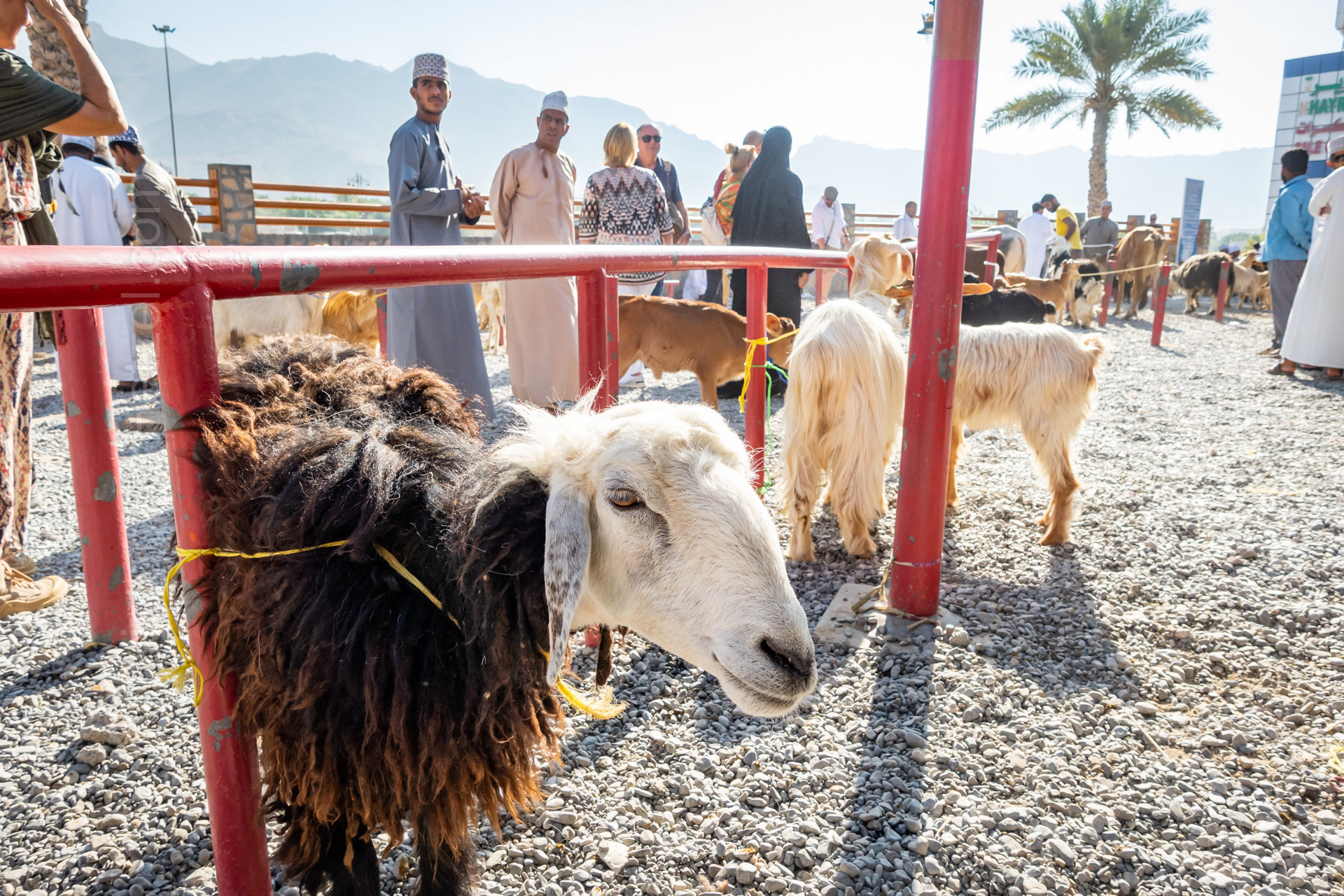


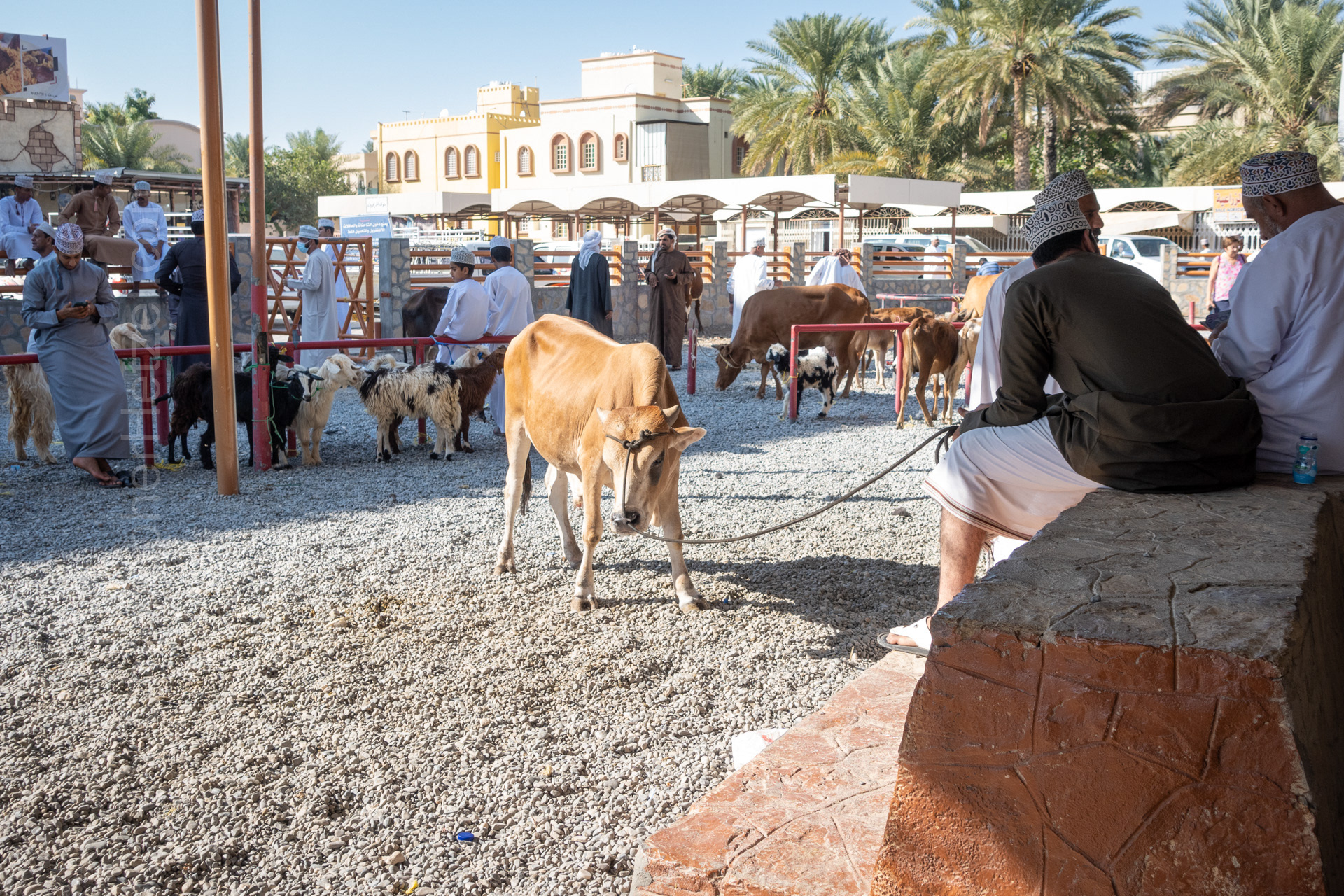


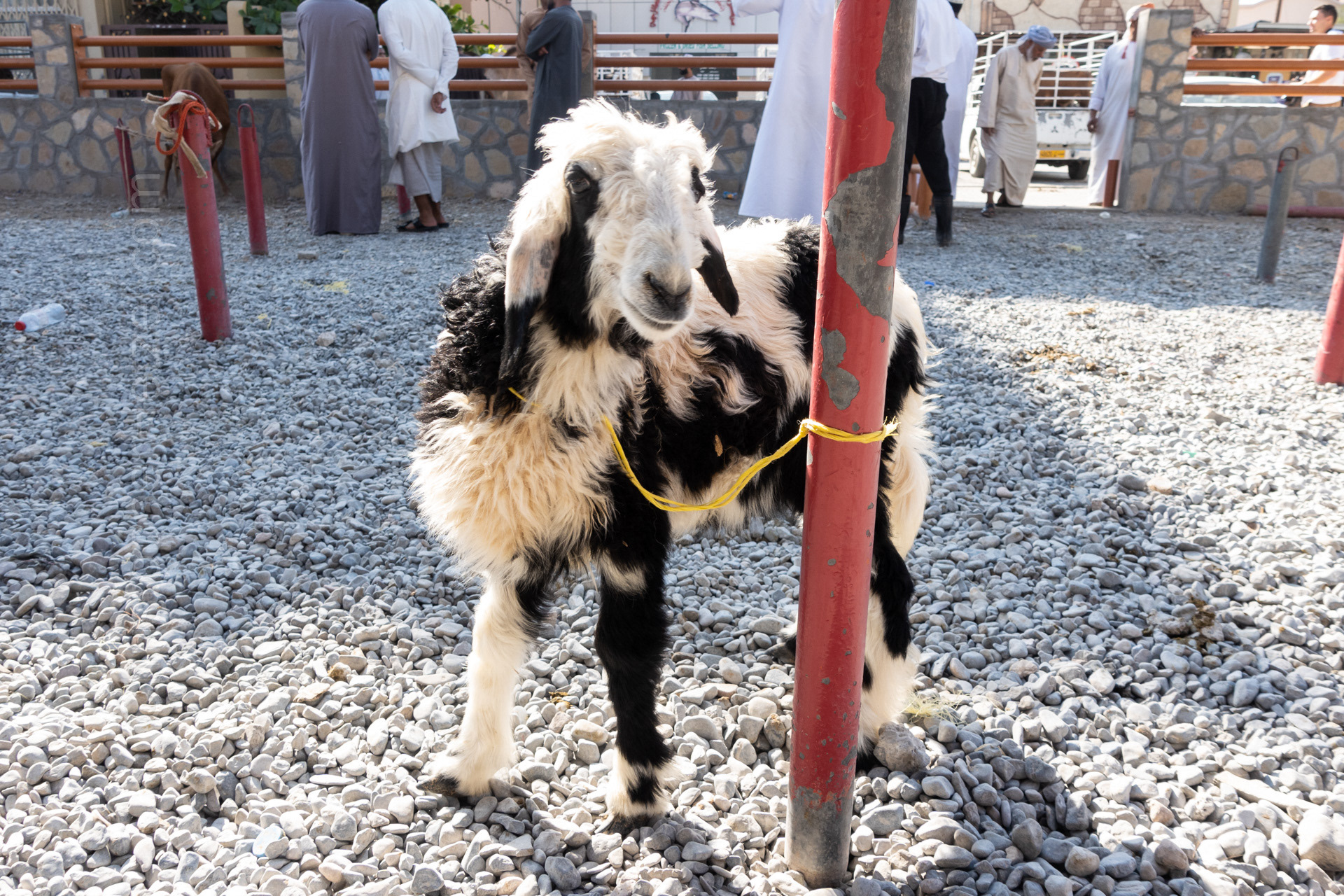
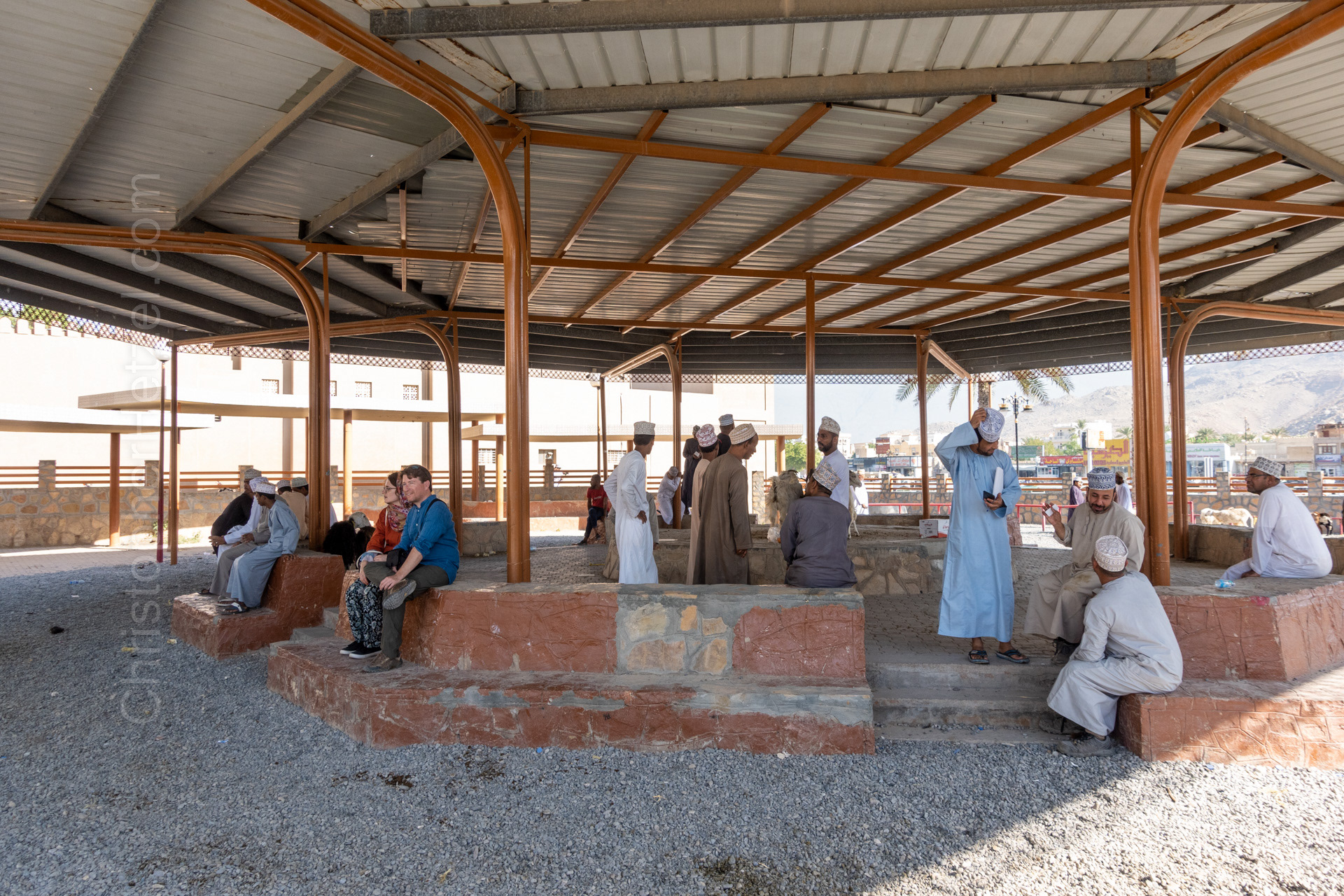
The animal market pavilion at the end of the event, after the crowds have dispersed.
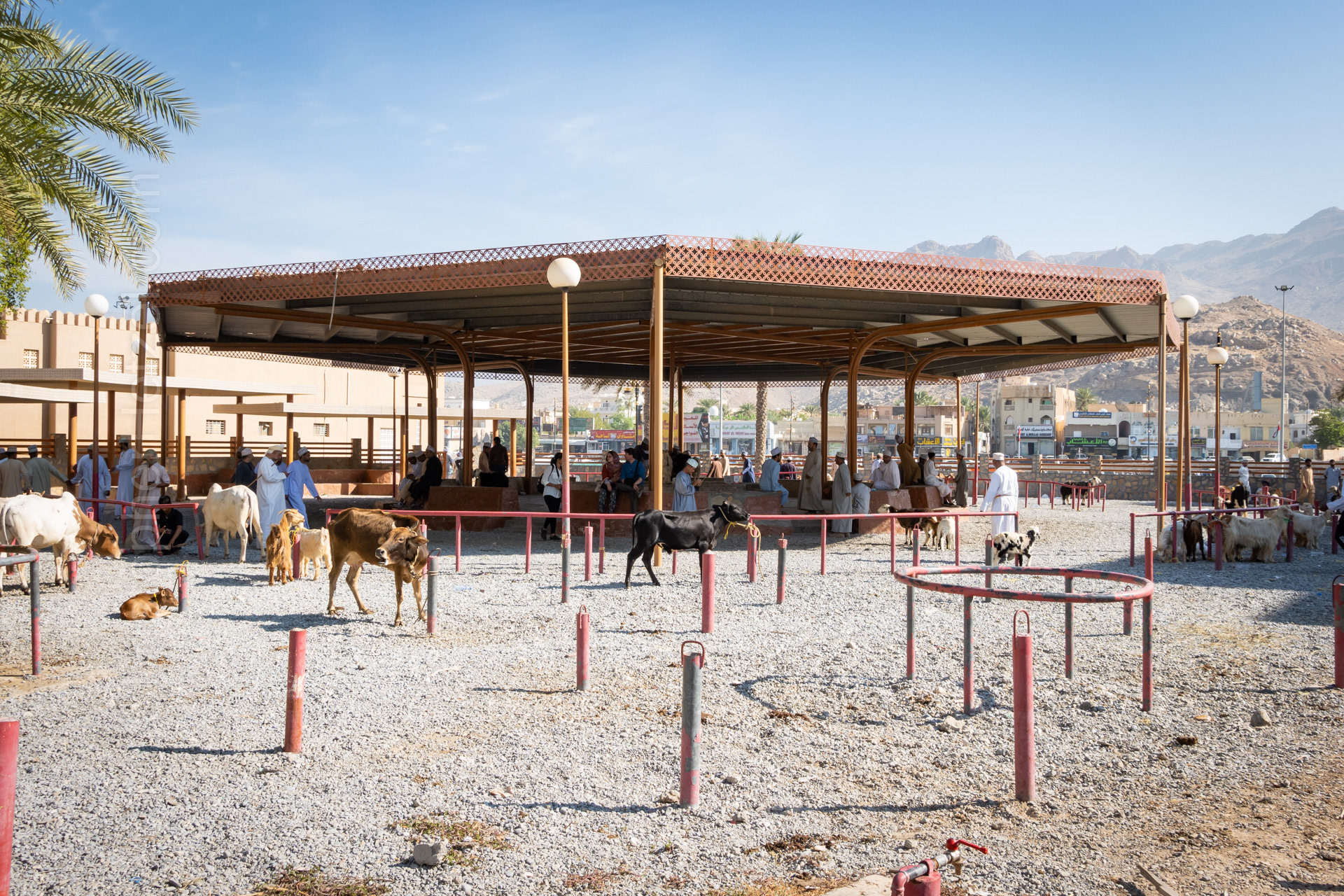
The animal market pavilion at the end of the event, after the crowds have dispersed.
Back to Oman
